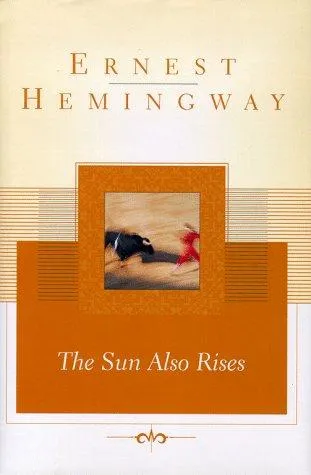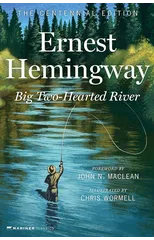A Scribner Classics Edition “The ideal companion for troubled times: equal parts Continental escape and serious grappling with the question of what it means to be, and feel, lost.” — The Wall Street Journal One of America’s best-loved novels by PBS’s The Great American Read The Sun Also Rises is a classic example of Hemingway’s spare but powerful writing style. It celebrates the art and craft of Hemingway’s quintessential story of the Lost Generation. A poignant look at the disillusionment and angst of the post-World War I generation, the novel introduces two of Hemingway’s most unforgettable characters: Jake Barnes and Lady Brett Ashley. The story follows the flamboyant Brett and the hapless Jake as they journey from the wild nightlife of 1920s Paris to the brutal bullfighting rings of Spain with a motley group of expatriates. It is an age of moral bankruptcy, spiritual dissolution, unrealized love, and vanishing illusions. First published in 1926, The Sun Also Rises is “an absorbing, beautifully and tenderly absurd, heartbreaking narrative...a truly gripping story, told in lean, hard, athletic prose” (The New York Times).
Ernest Hemingway
Ernest Hemingway (1899-1961) was an American novelist, short story writer, and journalist known for his distinctive writing style and portrayal of masculinity. His most notable works include "The Old Man and the Sea," "A Farewell to Arms," and "The Sun Also Rises." Hemingway's writing is characterized by its spare prose, realistic dialogue, and emphasis on themes of war, love, and loss. He is credited with revolutionizing the modern American novel and influencing generations of writers with his minimalist approach to storytelling. "The Old Man and the Sea," a novella about an aging fisherman's struggle with a marlin, remains one of Hemingway's most famous and enduring works, winning him the Pulitzer Prize for Fiction in 1953 and solidifying his reputation as a literary giant.






